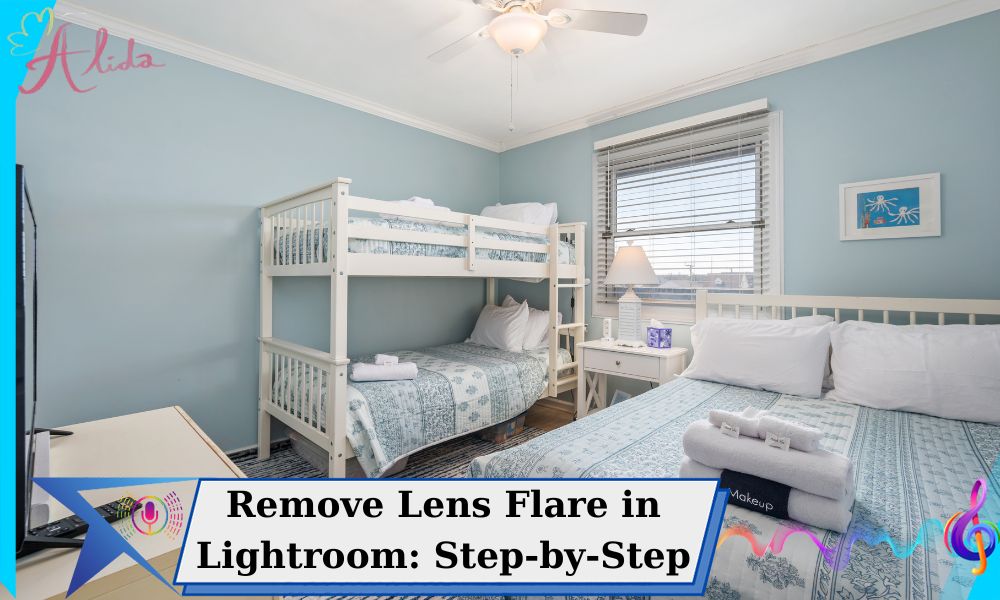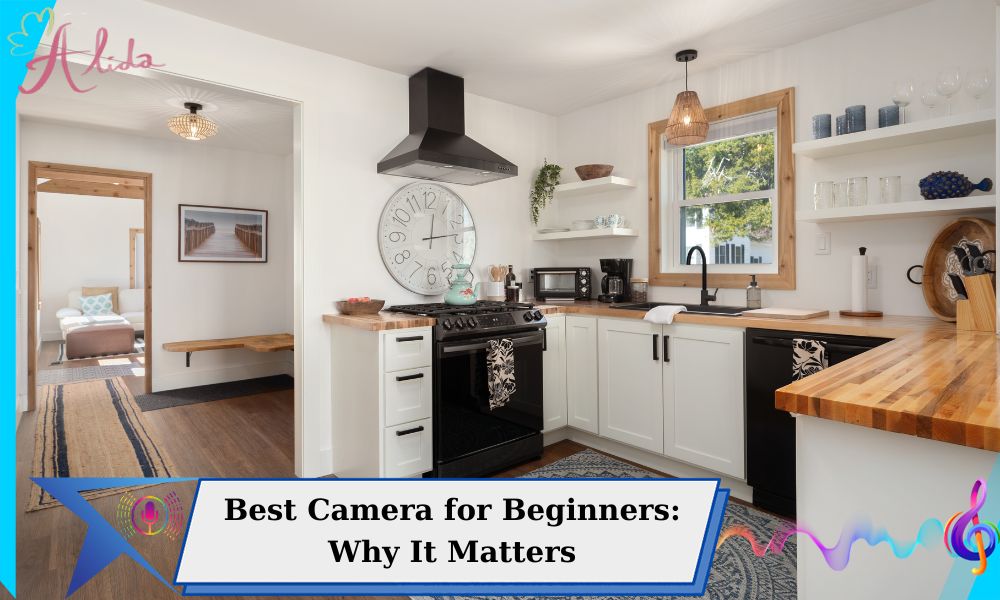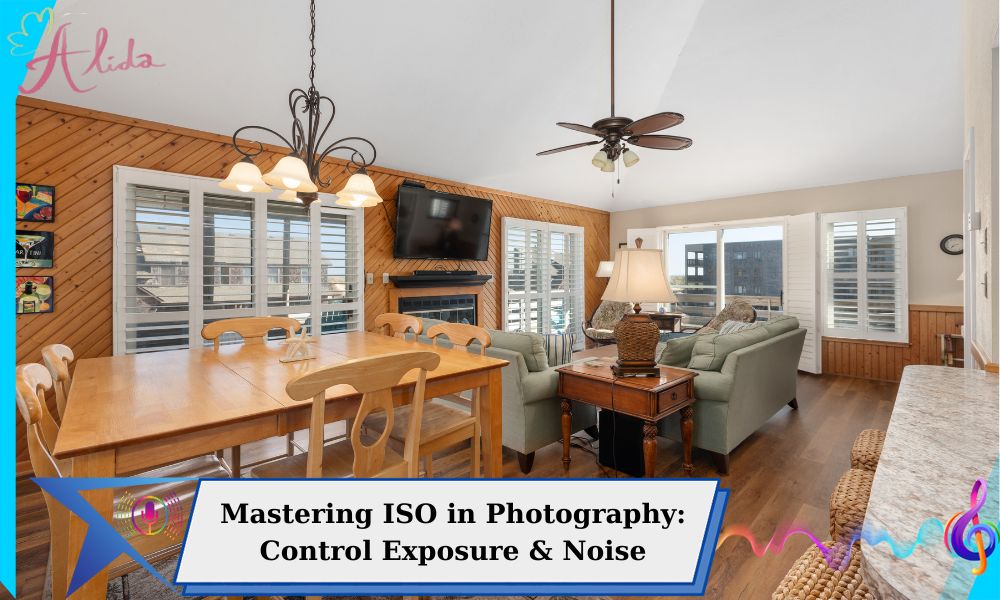In the world of photography, achieving the perfect shot often depends on mastering the three key elements of exposure: aperture, shutter speed, and ISO. Among these, ISO in photography plays a critical role in determining the exposure and overall quality of an image. In this guide, we will explore what ISO is, how it affects your photographs, and how to make the most of ISO settings to create sharp, high-quality images, even in low-light conditions.
What is ISO in Photography?
ISO is a measure of the sensitivity of your camera’s sensor to light. The term originates from the International Organization for Standardization, which set the standard for this adjustment. In simple terms, ISO determines how much light your camera needs to take a well-exposed image. A higher ISO setting allows the sensor to be more sensitive to light, which is essential when shooting in low-light conditions. However, there is a trade-off: as you increase ISO, you also increase the likelihood of introducing noise into the image.
The Importance of ISO
ISO is one of the three key exposure elements in photography, along with aperture and shutter speed. Together, these settings determine the exposure of an image, or how bright or dark it appears. ISO, specifically, allows photographers to adjust exposure when other elements—such as aperture or shutter speed—are not enough to compensate for lighting conditions. Understanding how to use ISO effectively is essential to achieving the right exposure and optimal image quality.
Understanding How ISO in Photography Affects Images
How ISO Affects Light
ISO is directly linked to light sensitivity. The lower the ISO, the less sensitive the camera sensor is to light, requiring more light to properly expose an image. Conversely, higher ISO settings make the sensor more sensitive, allowing it to capture images in darker environments.
Increasing ISO and Its Effects on Images
As ISO increases, images become brighter, which is helpful in low-light conditions. However, increasing ISO also brings about certain challenges, particularly in terms of image quality. Higher ISO settings tend to introduce noise, often referred to as grain. While noise can be reduced in post-processing, it can never be fully eliminated. Therefore, balancing ISO with other settings is crucial to avoid overly noisy images.
ISO and Exposure
ISO plays a vital role in adjusting exposure. If you cannot alter your aperture or shutter speed (perhaps because you need a wider depth of field or a fast shutter speed), increasing ISO can help compensate for low-light situations. However, it is essential to strike a balance, as boosting ISO too much can degrade image quality.
ISO Levels and Their Effects
ISO settings are generally classified into three categories: low, medium, and high.
- Low ISO (100-400): Ideal for well-lit environments. It produces sharp, clean images with minimal noise.
- Medium ISO (800-1600): Works well in moderate light conditions, offering a balance between sensitivity and noise.
- High ISO (3200 and above): Used for very low-light situations, such as indoor events or nighttime photography. However, it often results in more noticeable noise.
ISO and Image Quality
One of the most significant trade-offs of increasing ISO is the potential for noise. Noise appears as grainy spots, color distortion, and a lack of fine details. While higher ISO allows for brighter images in darker environments, the noise it creates can reduce the overall sharpness and clarity of the photograph.
Optimizing ISO to Reduce Noise
To reduce noise while still benefiting from the higher sensitivity that ISO offers, it’s important to choose the appropriate ISO for your shooting conditions. For instance, in situations with sufficient light, sticking to a low ISO will maintain high image quality. In darker settings, it’s crucial to find the optimal ISO that ensures a well-lit image without introducing excessive grain.
How to Adjust ISO in Your Camera
Most modern cameras come with an Auto ISO feature, where the camera automatically adjusts ISO based on the lighting conditions. However, many photographers prefer to manually set the ISO for more control over their exposure settings. In modes like Manual or Aperture Priority, you can adjust ISO while maintaining control over the other two exposure elements.
Using ISO in Different Photography Scenarios
- Low-Light Situations: Increase ISO to compensate for the lack of light, but be cautious about noise.
- Fast-Moving Subjects: If you need a fast shutter speed to capture motion, increasing ISO can help achieve the right exposure.
- Portrait or Landscape Photography: In these scenarios, use a low ISO to maintain image sharpness and reduce noise.
ISO Optimization for Different Camera Types
ISO can behave differently depending on the type of camera you’re using. DSLR and mirrorless cameras typically offer a wide ISO range and better performance at higher ISO settings. Smartphone cameras and point-and-shoot cameras, on the other hand, often struggle with noise at higher ISO values but have automatic processing that can improve results in some cases.
How to Minimize Noise While Adjusting ISO in Photography?
To avoid excessive noise when using a higher ISO, it’s essential to find the right balance between ISO, aperture, and shutter speed. Also, post-processing software like Lightroom and Photoshop can help reduce noise and improve the overall quality of your image after shooting.
Advanced Tips for Working with ISO
- Use Low ISO in Bright Light: In bright conditions, use a low ISO setting to ensure the sharpest and clearest image.
- Maximize ISO Without Sacrificing Quality: Learn to adjust ISO, aperture, and shutter speed together to create well-exposed photos with minimal noise.
Conclusion
ISO is a powerful tool for controlling exposure in photography, especially in challenging lighting situations. By understanding how ISO works and optimizing it for your shooting conditions, you can create high-quality images, even in low light. Experimenting with different ISO settings will help you become more comfortable with this essential aspect of photography.
If you need professional photo editing services for your real estate images, Alida offers expert solutions that enhance the quality of your photos, ensuring they meet the highest standards. Whether you need color correction, noise reduction, or image enhancement, Alida’s editing services will help make your property photos stand out.
For inquiries or to request services, feel free to contact us at photonews121@gmail.com. Let us help you present your real estate in the best light possible!








